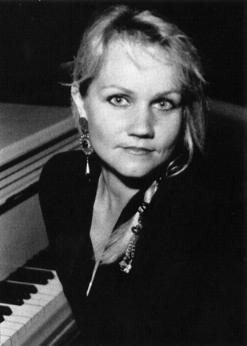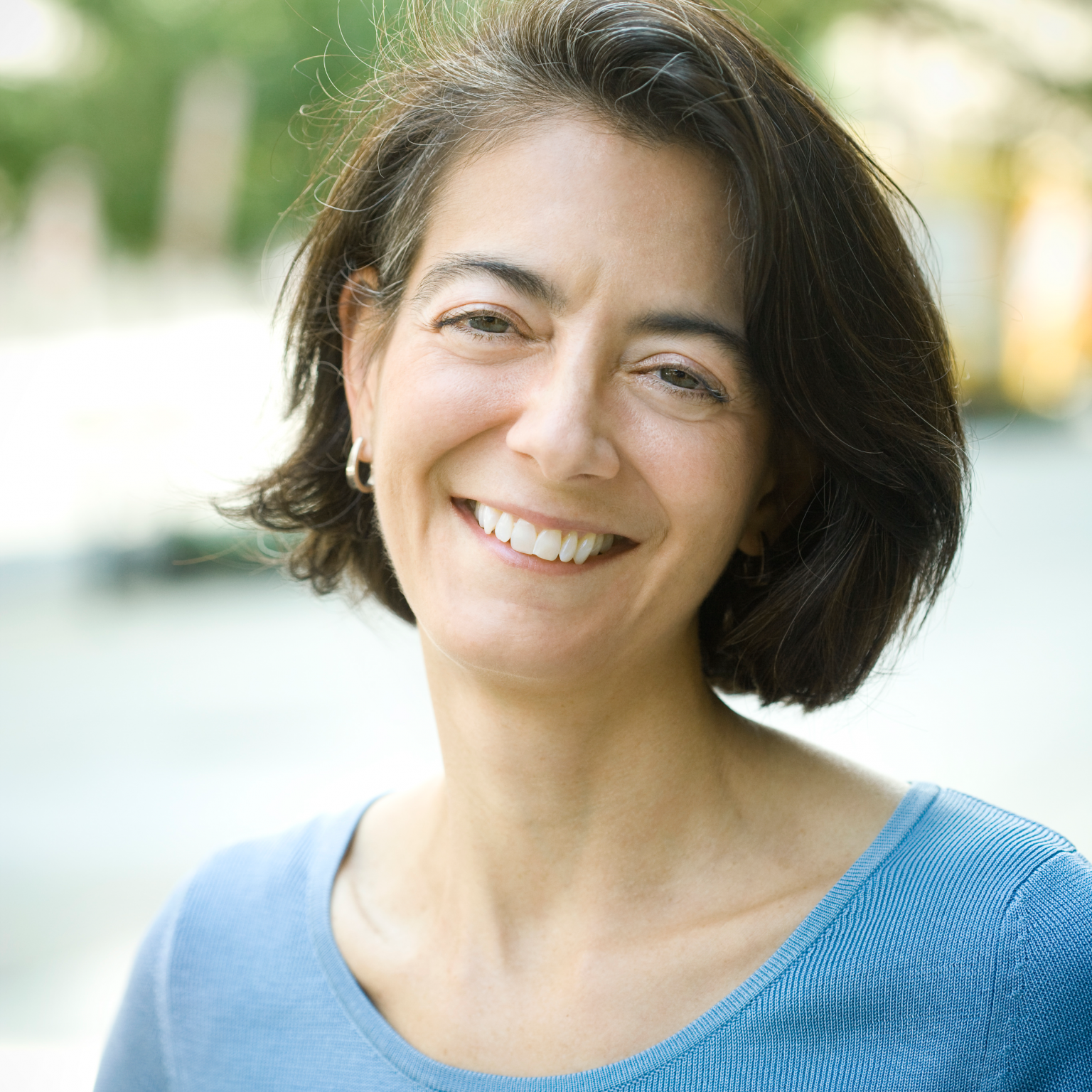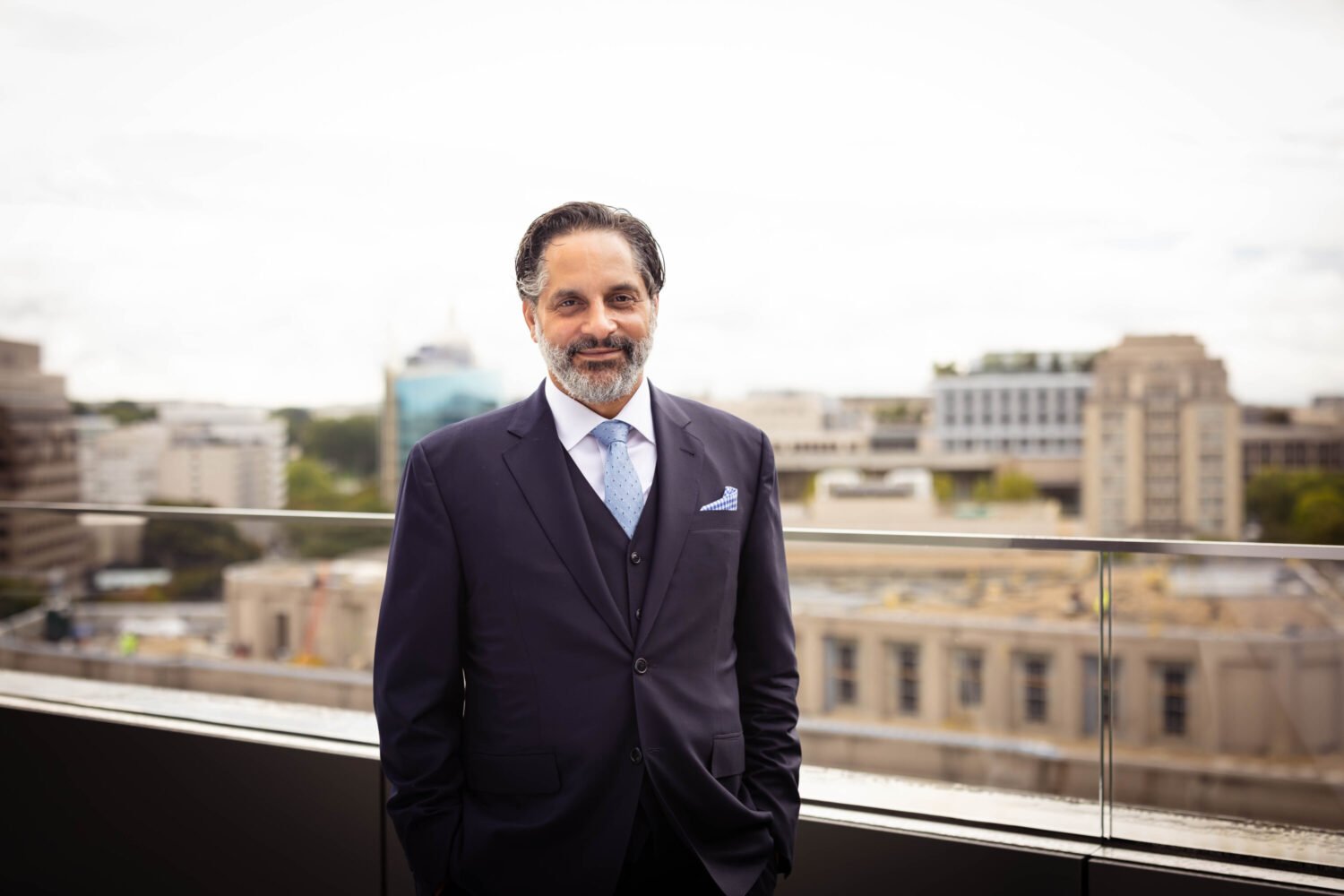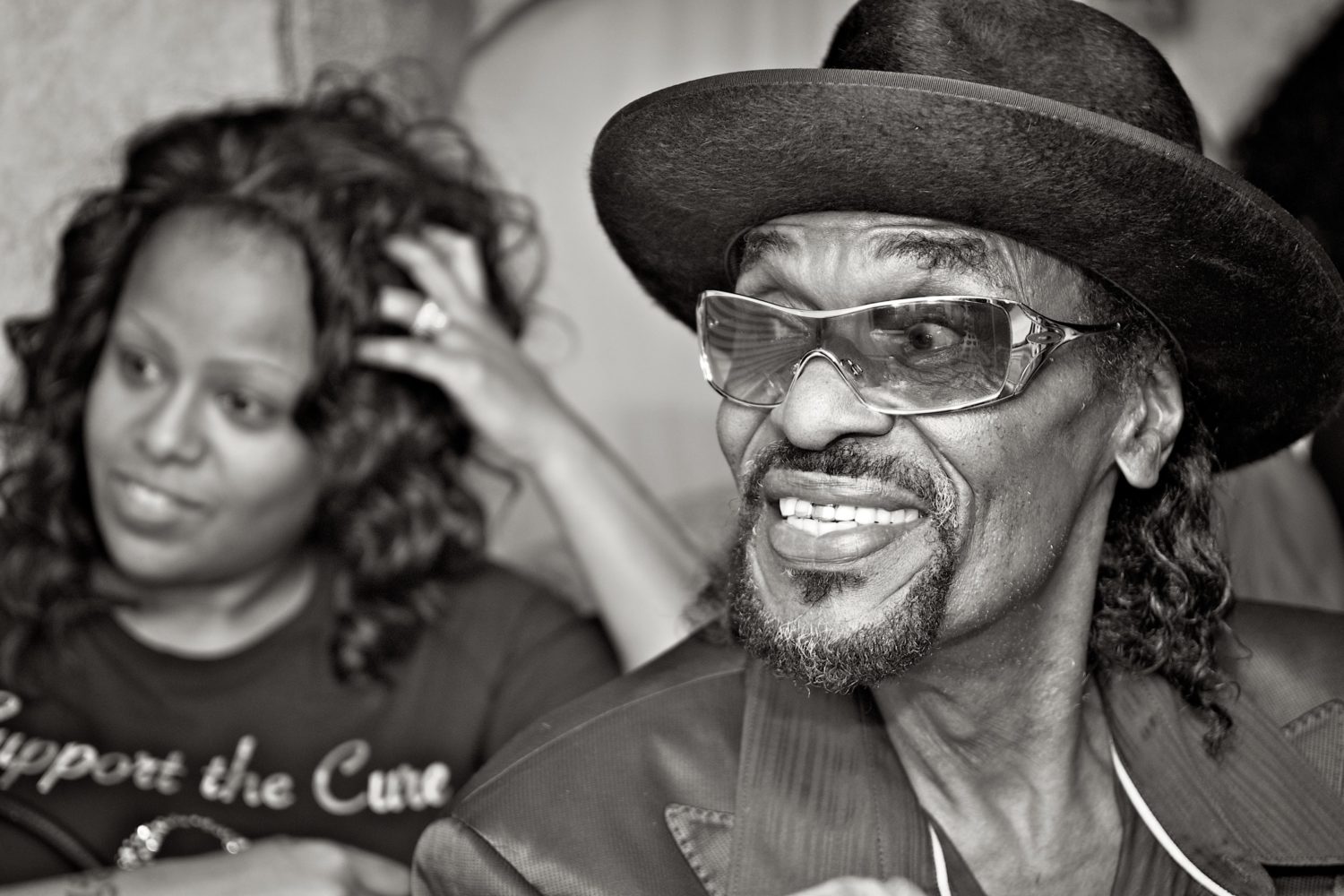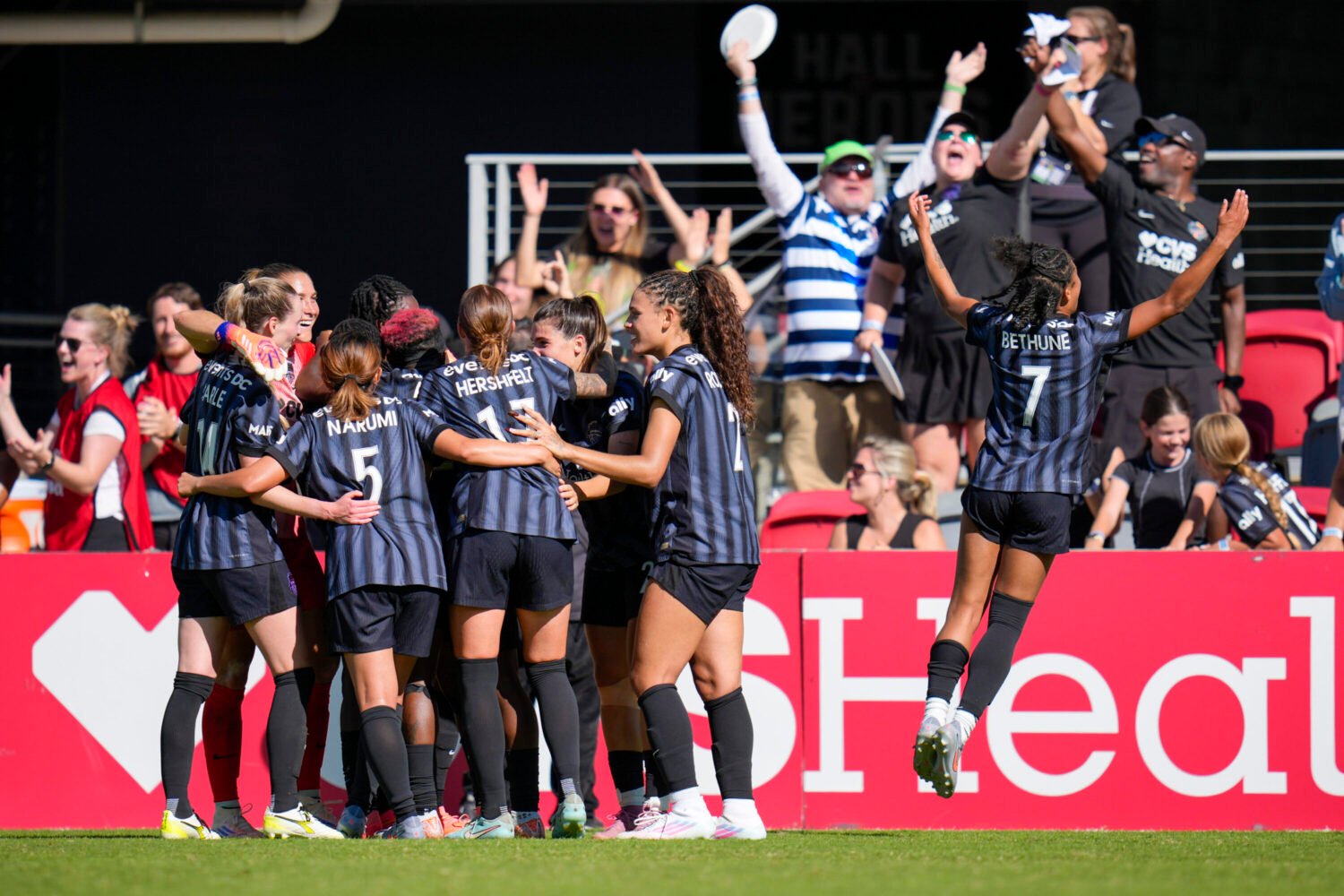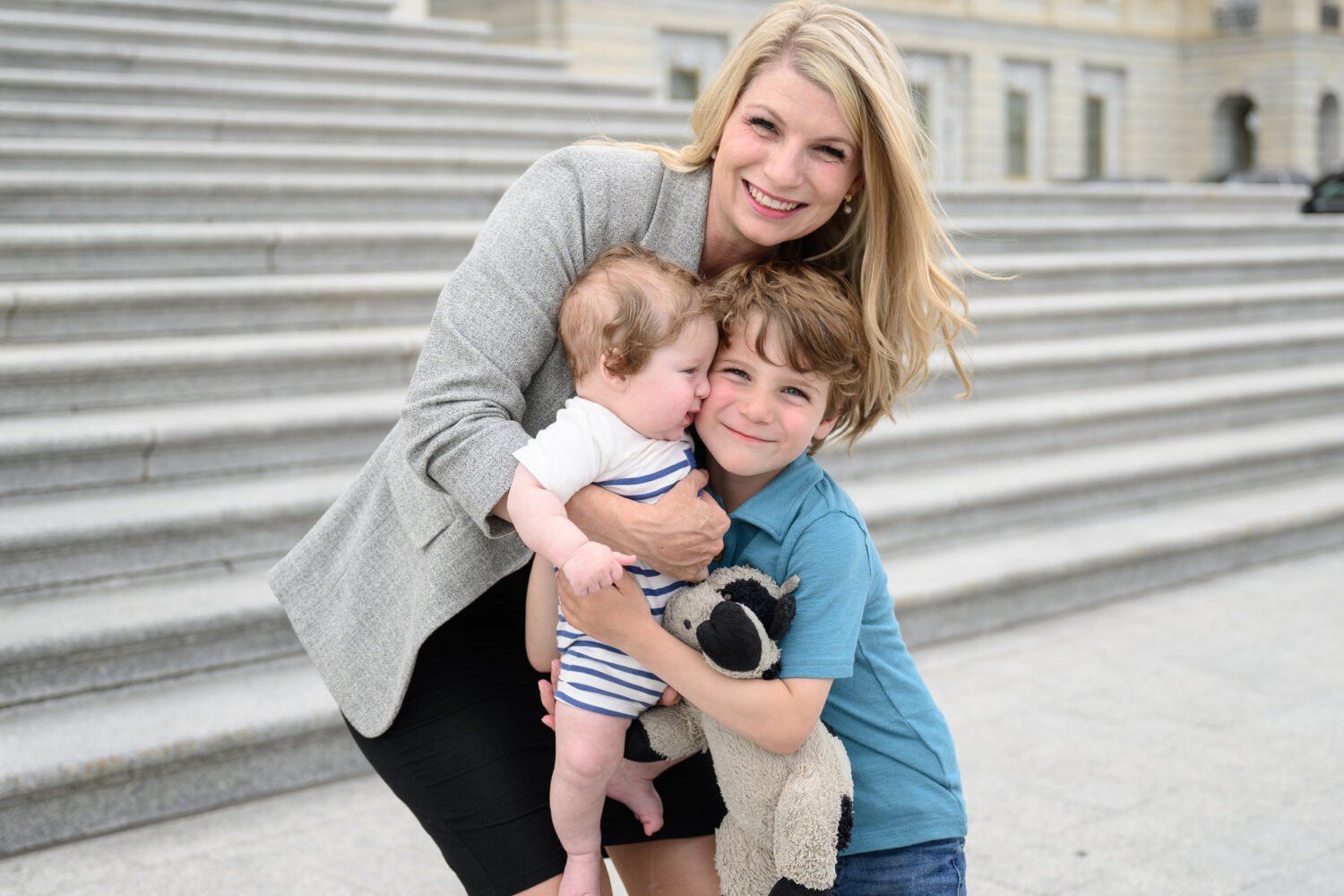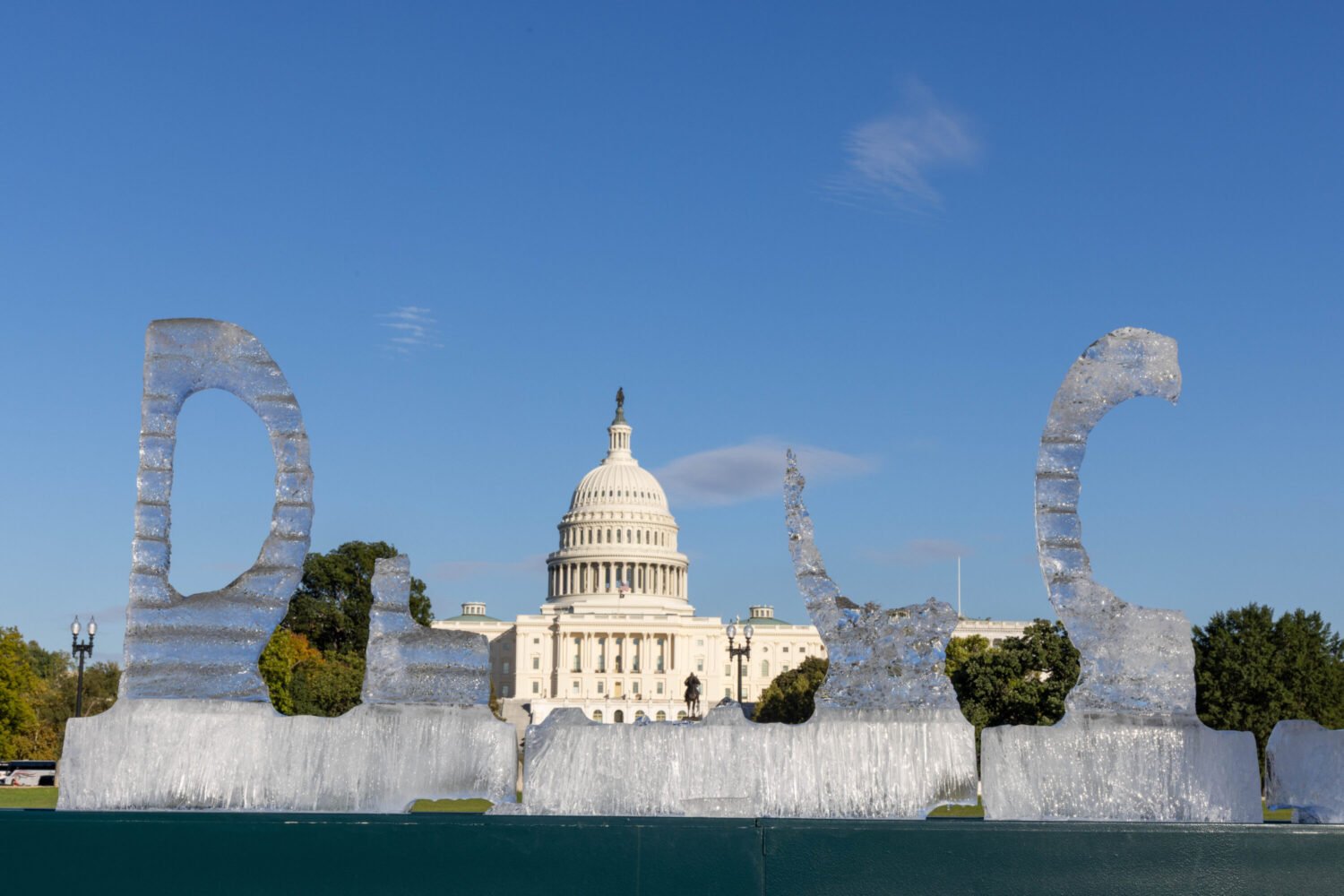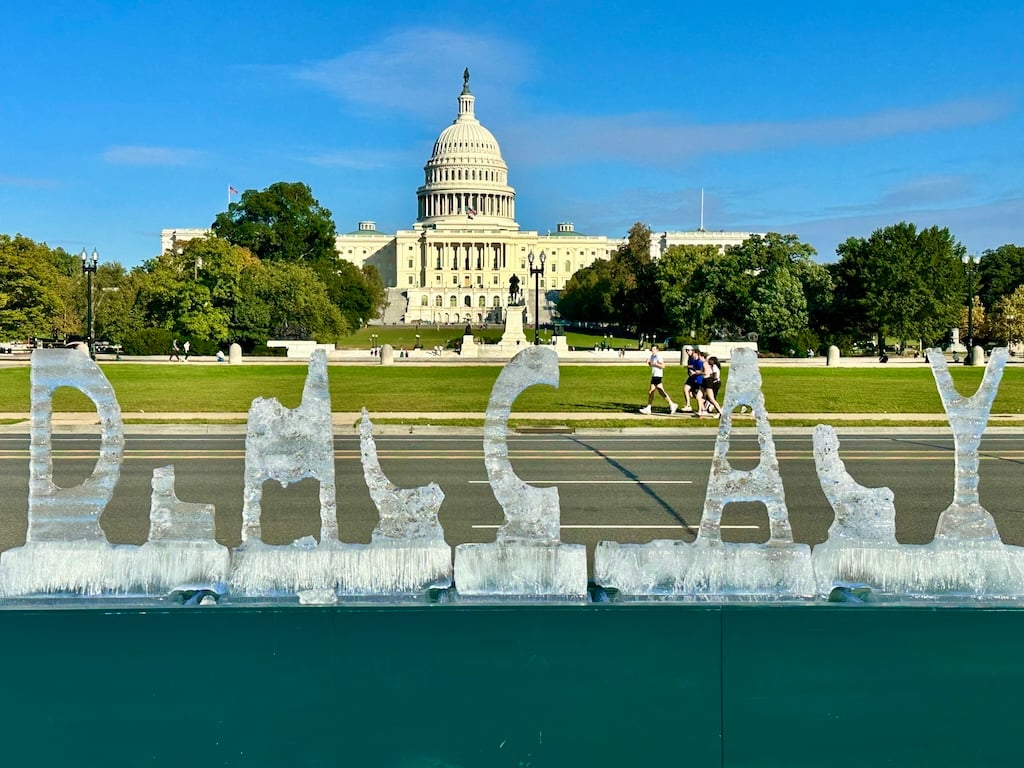It was the fall of 1996, and Eva Cassidy was dying. As she lay in bed in the Bowie home of her parents, musicians in a nearby studio were laying guitar, piano, and violin tracks on vocals Cassidy had recorded over the years.
“After they’d finish, they’d come in and say, ‘Eva, we just finished one of your songs–would you like to hear it?’ ” recalls friend Jackie Fletcher. “She had left so many incredible recordings.”
Her friends wanted to do something–anything–for Eva. They wanted to share with others a voice that had been little heard outside Washington. Fletcher sent tapes to local radio stations, requesting that they play Cassidy.
“If they’d tell me, ‘Jackie, I’m going to play Eva in this hour,’ I’d call Eva and say, ‘Listen to the station–they’re going to play you tonight.’ It made her so happy. She had worked so hard, and finally she was getting some recognition.”
No one guessed then how the voice of Eva Cassidy would spread.
Four and a half years after her death from melanoma, a posthumous album, Songbird, reached number one on the United Kingdom chart with more than a million copies sold. One website devoted to Cassidy–there are five and counting–has messages from fans in Australia, Poland, Hong Kong, even Vatican City. In this country, National Public Radio aired a nine-minute segment on Cassidy in December, and soon her albums occupied five of the top seven slots on Amazon’s bestseller list.
WHAT IS IT ABOUT EVA THAT HAS CREATED SUCH A SENSATION?
For one thing, her voice is captivating. Mary Chapin Carpenter, a gifted singer herself, says that the first time she heard Cassidy’s voice she “just about fell off the couch.”
When radio stations play Eva, their switchboards light up. Many callers say they were in their car when they first heard her and had to pull over to cry.
“Eva evokes that kind of reaction. Not just ‘She’s good’ but ‘Who the heck is that?’ ” says Keith Grimes, who was a guitarist in the Eva Cassidy Band.
Cassidy had great control, phrasing, and range. She was petite (five-foot-two) but could belt out a bluesy “People Get Ready” as easily as she could sing a delicate tune like “Autumn Leaves.” Some who heard this soulful Scotch-Irish-German woman thought she was Black.
It’s more than Cassidy’s technical skill that grabs people. It’s the sense as she sang that she was reaching from her heart to her listener’s.
“There are singers that have great instruments but are just singing the notes,” says Grace Griffith, a friend and local chanteuse. “Other singers have emotion but not the instrument. Eva had both.”
No song speaks to this expressiveness as much as her rendition of “Over the Rainbow.” Cassidy, who loved the Wizard of Oz books as a child, breathed new life into an old song about hope and longing.
An amateur video of Eva shot at Blues Alley, her face full of feeling as she sings “Over the Rainbow,” is largely responsible for the big sales in England. It’s just about the most requested video in BBC history.
Eva’s parents receive two or three letters a week that mention how soothing and uplifting Eva’s music is, how it helps them through troubled times. Her mother, Barbara, recalls a letter from a woman who said that when her son died, “the doctor gave her a hug and Eva’s record.”
In 1998, when David Finn’s mother was dying, Cassidy’s voice provided comfort.
“With the diabetes, she had lost her sight and was bedridden the last six months of her life,” recalls Finn, who once owned an Annapolis restaurant called Pearl’s, where Cassidy performed. “We would sing along with Eva’s songs. The diabetes causes a lot of pain. It was one of the things that would help ease the pain.”
Some may wonder if Cassidy’s death at the age of 33 accounts for some of the popularity. No doubt her life story is part of it. But articles about her haven’t boosted sales as much as when her songs are played on the BBC or NPR. Hearing about Eva Cassidy isn’t as powerful as hearing her.
Says her father, Hugh Cassidy: “The letters, the things I read, more and more confirm that there’s something afoot here. It is kind of mysterious the effect it’s having.”
EVA CASSIDY WAS HAPPIEST NOT IN A SMOKY NIGHTCLUB BUT outdoors, where she hiked and biked and basked in the beauty around her. She and her mother–her best friend–went for a walk, bike ride, or drive to the water almost every Sunday.
“She had this old pickup truck, and one time we were on this country road and she started swerving,” recalls Barbara Cassidy. “I said, ‘What are you doing?’ And she said, ‘Mom, don’t you see those caterpillars? I can’t run over those.’ “
“She’s one of those people who see God in everything,” says Keith Grimes. “She had respect and appreciation for living things. She wasn’t a religious person in the churchgoing sense, but she was spiritual.”
Cassidy’s favorite “holiday” was the first day of spring. Her birthday was in February, and she’d save one of the sugar roses off her sheet cake and stick it in the freezer. Then on the first day of spring she’d take it out and savor it.
Cassidy’s favorite time was sunset, which she called “the golden time.”
“When I’m working out in the shop, I wait for the golden time,” says Hugh Cassidy, a retired Prince George’s County teacher and a metal sculptor. “You just stop what you’re doing and take it in. When I see those golden rays, every once in a while I’ll say, ‘It’s time to put on Eva.’ “
CASSIDY’S OTHER PASSION WAS ART.
She was born February 2, 1963, in the District, the third of Hugh and Barbara Cassidy’s four children. When Eva was five, she was drawing impressive flowers and fairies.
She made something with her hands almost every day–a landscape painting, a piece of jewelry, maybe an arrangement of dried flowers. She gave art away as gifts.
“If you said, ‘Eva, that’s really beautiful,’ she’d say, ‘You think so? Go ahead–take it,’ ” says cousin Vivien Bligh.
“I have a mirror that she made–it’s very large, with gold-leaf stars all around it,” says Jackie Fletcher, a former housemate. “In the bottom it says: ‘In this mirror, see your own smiling face.’ “
Eva and her friend Elaine Stonebraker often hopped on their bikes in Alexandria to ride along the Potomac to the National Gallery of Art, where Eva was drawn to van Gogh and Vermeer.
Her priorities were family, friends, nature, music, and art. She had little time for the rest. She wasn’t the most organized person. On camping trips, she sometimes forgot to pack enough warm clothing and food. After the release of her album Live at Blues Alley, she did a promotion at the Fairfax Borders Books & Music but forgot to bring extra CDs.
She didn’t like to cook, instead indulging in what she loved: Chee-tos, Little Debbie snack pies, Campbell’s Chicken & Stars soup, hot dogs, and tuna-fish sandwiches.
Cassidy had an almost childlike appetite for life and, like a child, had no guile.
“I think of all the things I have to say about Eva, she was genuine,” says Hugh Cassidy. “I think that’s why Eva resonates with people.”
She liked to dress casually, in leggings and baggy tops. Money wasn’t important, and she wasn’t one for possessions. What she did buy had to make her feel good. She surrounded herself with fresh flowers, vintage hats, and old pieces of furniture she’d buy at secondhand stores and paint in light pastels.
Toward the end, when Eva was in the hospital, her cousin Laura Bligh asked if there was anything she could bring her.
“She said to make a picture for her,” Bligh recalls. “When my sister and I arrived at Johns Hopkins hospital, there were five or six people sitting in the hallway drawing with crayons and pastels. Eva had given everybody the same instructions. What she really wanted was a wall full of pictures.”
When Eva Cassidy was nine, around the time the family moved from Oxon Hill to Bowie, her dad gave her a guitar and taught her chords. Hugh, who plays bass and cello, formed a family ensemble with Eva and her younger brother, Daniel, now a professional fiddler in Iceland. Sisters Margret and Anette could sing, and the Cassidys used to entertain at family gatherings.
“At nighttime we would sing together with my dad orchestrating,” says Margret Cassidy Robinson.
Eva spent hours in her room teaching herself guitar and listening to Stevie Wonder, Pete Seeger, Buffy Sainte-Marie, Joan Baez, Ella Fitzgerald. In her teens, she sang and played with classmates in a pop group, Stonehenge. One summer, she and brother Dan performed in a country band that put on six shows a day at Wild World amusement park in Prince George’s County.
Cassidy received praise, but she was still insecure and painfully shy, especially around strangers.
As an adult, she worked at Behnke Nurseries in Largo and other odd jobs, not yet committed to a career in music. At one point, Margaret Haven worked with Cassidy painting furniture at the Niermann Weeks studio in Annapolis. Eva mentioned she was doing backup vocals for some musicians.
“I said, ‘Oh, you sing?’ ” Haven recalls. “And she said, ‘Yeah, a little.’ She brought in a tape the next day. I about fell over. I said, ‘What are you doing here? Get out of here. Sing.’ “
It wasn’t that Cassidy didn’t want to make a living with music. She just didn’t need to be a star. Her dream was to travel around Europe with her guitar, playing in cafes.
On a trip to the Greek island of Sámos, she, her aunt, and her mother went up every evening to the hotel roof so that Eva could play and sing.
“All of a sudden, there were people at the windows listening,” Barbara recalls.
“She did acknowledge her talent,” Jackie Fletcher says. But Eva had no idea how good she was. “I don’t think she understood the passion that people felt.”
IN 1986, Cassidy met a man who would help her understand when she went to engineer Chris Biondo’s recording studio to sing on a demo for a friend’s rock band.
Biondo was amazed by her voice and convinced her to come by on her days off from the nursery so he could record her solo. He played the tapes for fellow musicians, getting her backup gigs.
Biondo, for a time Eva’s boyfriend, persuaded her to form the five-piece Eva Cassidy Band in the spring of 1990.
Early on, Cassidy kept her eyes on her guitar or on the floor while performing. She spoke very little between songs. As time passed, she began to look up and to talk to the audience.
It’s surprising to look back–with Web sites full of testimonials about how Cassidy’s voice stops people in their tracks–and to hear that she didn’t always wow the audience. Sometimes, patrons kept talking while she was on stage. The band built a loyal but small following. How did so many Washingtonians miss this talent?
“We were playing a lot of places that weren’t really appropriate to what we were doing,” says Grimes. The musicians did get prime venues–Blues Alley, the 219, the Birchmere–but also played sports bars and a Polynesian restaurant in Rockville.
“If you were at Blues Alley, the reputation of the room makes them think that you’re good and they should be paying attention,” Grimes says. “But if you go to a burger joint and they’re shooting pool, they’ll say, ‘Hey, there are musicians!’ “
One night, after a recording session at his studio with go-go artist Chuck Brown, Biondo popped in a tape of Cassidy. Brown was so stunned by her voice that he proposed doing an album with her. The result, in 1992, was a mix of jazz and blues called The Other Side. It helped Eva’s confidence that Brown, an established musician, wanted to sing with her. And he opened doors to larger venues like Wolf Trap and the Kennedy Center.
Although several major record labels expressed interest, none signed Cassidy. Her selection of music confounded executives. Would they market her as blues? Jazz? Folk? If they suggested she choose one style, Cassidy was stubborn: She did the songs she wanted to do.
“The music and the lyrics had to grab her, had to have some meaning for her,” says her father.
Cassidy, it was decided, needed a solo album and spent her own money to self-produce Live at Blues Alley. She hated the result–the night it was recorded, she had a cold. But it did well in Washington.
At a CD-release party at Blues Alley in July 1996, Cassidy was surprised to see a line for autographs winding around the club. That night, she was walking with a cane because her thigh and hip hurt. She thought it was because she’d been on a ladder, painting a mural in a school cafeteria.
Several weeks later, she was told she had cancer.
Three years earlier, Cassidy had had a small mole removed from her back. It was the first sign of melanoma, but her doctors assured her it hadn’t gone deep. By the time Cassidy saw a doctor for her thigh pain, the cancer had spread through her body.
Laid up in her parents’ home, Eva found comfort in music. Friends serenaded her under the window. Grace Griffith, Marcy Marxer, and others sang with Eva at her bedside.
Griffith, with the family’s permission, sent Eva’s songs to Blix Street Records in California, a small label she works with.
“The connection was immediate,” Griffith says. “They got it.”
Blix Street, jointly with Hot Records in England, has nurtured Cassidy’s legacy, distributing carefully done albums, including 1997’s Eva by Heart, 1998’s Songbird, and, last year, Time After Time.
Blix Street’s Bill Straw suggested exporting Cassidy’s music to England, where nationwide radio stations have enormous audiences–and they don’t adhere as strictly to playlists as do stations in the United States.
There will be at least one more album, Straw says. Profits go to the band and Eva’s family. The Cassidys funnel some money into the Eva Cassidy Foundation, whose goal is to provide musical instruments and lessons to needy children.
The last time Cassidy sang in public was at a tribute concert friends organized at the Bayou in September 1996 to show Eva how much she was loved. After listening to performances by Mary Ann Redmond, Ron Holloway, and other musicians, Cassidy made her way through the crowd.
She had lost her blond hair from chemotherapy and was wearing a hat. Using a walker, she went up on stage.
“She got on her stool and announced she’d like to sing a song for us,” recalls Fletcher. “She sang ‘What a Wonderful World.’ Everyone was holding hands, shoulder to shoulder. Everyone was on their feet. It was flawless.”
After she left the stage, cousin Vivien Bligh went over and hugged her. “I was trying not to look upset. She said, ‘Are you okay?’ It was so typical of Eva to be concerned about the other person.”
The concert raised $10,000, money it was hoped would allow Eva to travel or to make one last CD. But she was too ill and gave the money to four young cancer patients she had met at Hopkins.
After the tribute, she sent more than 100 thank-you notes to people who had taken part.
“There were some days she was so sick she could write only one or two,” Fletcher says. “She sent thank-you cards to every band member. She even thanked the sound guys. She thanked the people who worked the Bayou ticket office.”
WHAT WOULD EVA THINK OF ALL THIS FANFARE?
“She’d say, ‘Why are they making such a big fuss about me?’ ” says Barbara Cassidy. “But I think she’d appreciate it, too.”
Eva believed in an afterlife, and she’s getting it–at least musically.
“Not only are there a lot of people who haven’t discovered Eva, but she’s going to be there for generations to come,”says Martin Jennings of Hot Records. “She was one of the greatest voices of her generation.”
Hugh and Barbara Cassidy are grateful that their daughter’s voice is touching so many. Eva’s voice comforts them as well.
Hugh practices cello every morning. Some days, when the mood is right, he slips in one of his daughter’s CDs–one of just her with her guitar–and accompanies her.
Barbara is different.
“I only listen when I have the urge,” she says. “I never want her voice to be casual to me.”

